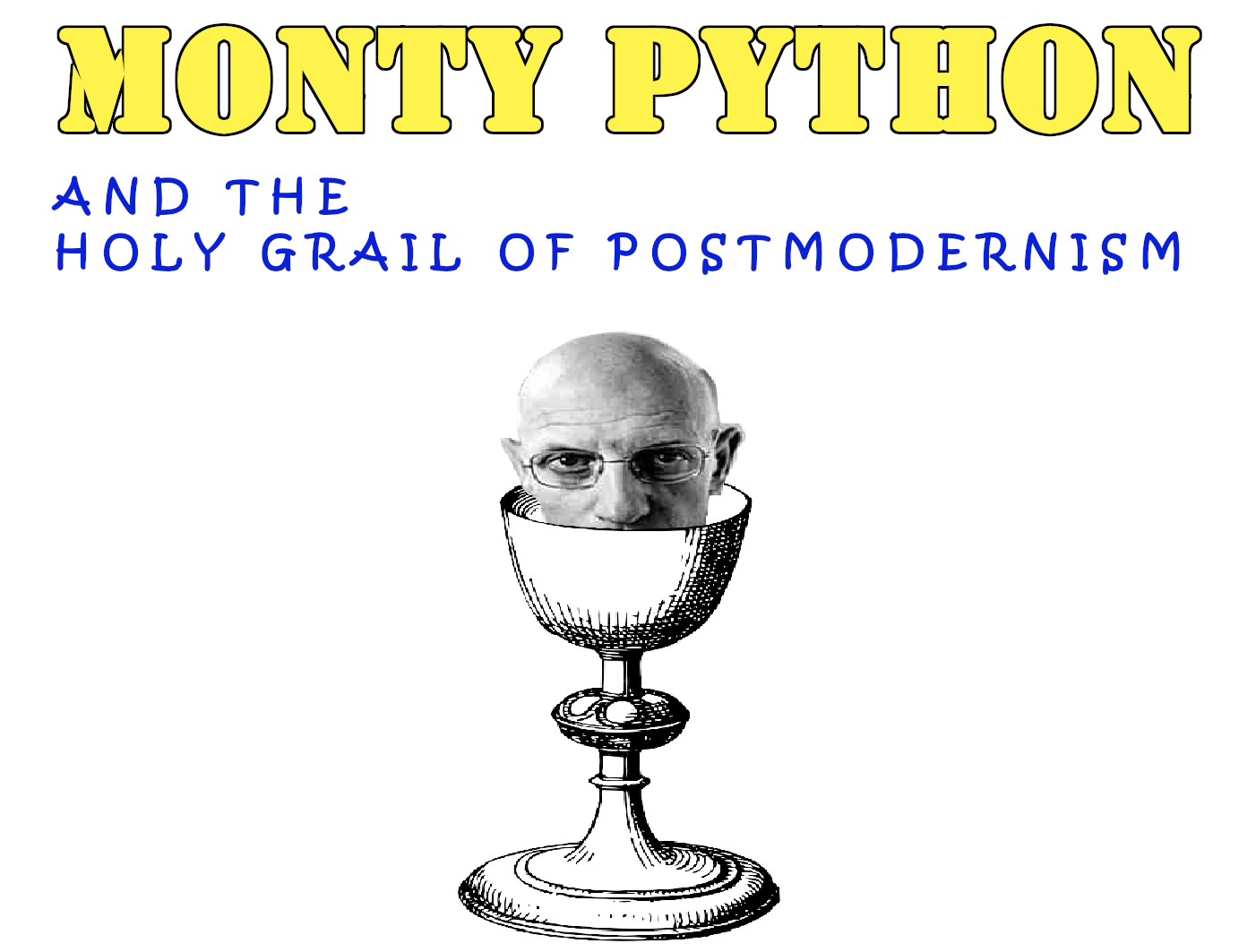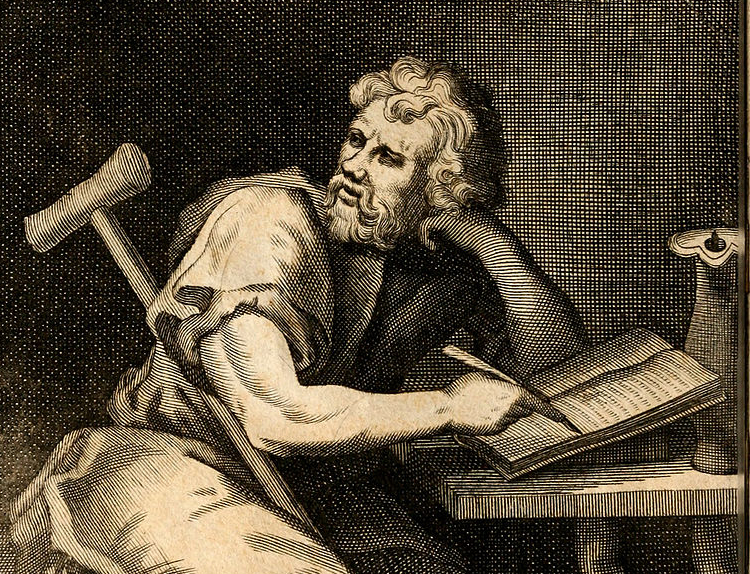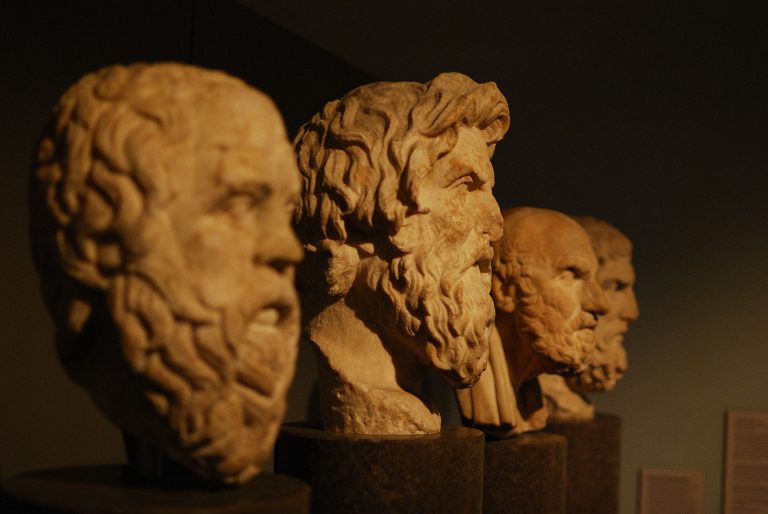
The 1975 film, Monty Python and the Holy Grail is a classic postmodern film. Making use of its characteristic Pythonesque comedy to subvert traditional storytelling, religion, time and Arthurian myth. Some of the main themes that define postmodern films are the tendencies to subvert the mainstream conventions of narrative structure and characterization, which this film does to a noticeable degree.
At the very start, the film subverts the traditional narrative structure in motion pictures by rolling the credits at the beginning of the film and not the end. Although throughout the film there is a sense of progression towards the end goal, which is of course Arthur’s quest from God to win the Holy Grail, we eventually see that even this will be disrupted.
The film satirizes the virtues found to be sacred in the Arthurian knight, each of the knights are inversions of their ‘championed’ virtue. Brave Sir Robin, one of the four knights chosen by King Arthur, supposed to be the personification of his virtue, is in actual fact a coward and not brave—even his own travelling minstrels undermine his virtue by singing of his cowardice!
Another example is Sir Galahad the Pure—which is referring to his celibacy—who betrays his virtue by willingly giving into the sexual temptations of the young women of Castle anthrax, but before any hanky-panky took place he was saved by the intervention of Sir Lancelot. Moreover, the theme of a hero being tempted by a community of women or just one woman in a remote location—where the question of economic self-sufficiency and logistics don’t come into it—is strongly similar to Homer’s Odyssey. You have the hero Odysseus, who along the way adventuring to return home to his island kingdom of Ithaca, often gets side-tracked into subplots involving women on remote islands attempting to seduce him.
Then we have political anachronisms, personified in the form of Dennis the ‘bloody peasant’, along with his other fellow feudal peasants who espouse ideas foreign to the supposed time period. Dennis defies the stereotypical image of the peasant as a passive, superstitious and obedient commoner by being the opposite: rebellious, articulate, class conscious, well informed and intelligent. Despite his appearance as a peasant, Dennis rejects monarchism and embraces 20th century radical politics like ‘anarcho-syndicalism’—a great example of political anachronism in any film! His rejection of monarchism (and all authority) is demonstrated by his attitude towards King Arthur, actively questioning him and challenging his claims to Kingly authority.
Contrary to the epic quests of Arthurian legends, there’s a subplot which tasks Arthur on a quest to find a shrubbery for the Knights of Ni, a subplot which undermines the expected duties of a king by his undergoing trivial errands beneath Kingly dignity!
The characters in the film show self-awareness that they are just characters in a film and they make it known to the viewer that they are, which further serves to break down the framework of a self-contained world. For example, the bridge keeper is referred to by Arthur as ‘the old man from scene 24’ and at other intervals of the film, the characters themselves are questioning and evaluating the quality of the scenes they are in while the movie is still rolling on. For example, the lead girl of Castle Anthrax, Dingo, breaks the fourth wall and says:
“Do you think this scene should have been cut? We were so worried when the boys were writing it, but now, we’re glad. It’s better than some of the previous scenes, I think”
By its own character’s admissions and that of the narrator, the film fesses up to its own plastic artificiality.
The film is supposedly taking place in the English Dark Ages—932AD specifically—but that is disrupted and called into question when we’re shown the scene with a historian wearing modern attire giving his account on King Arthur, who is suddenly murdered by a galloping knight on horseback triggering a police investigation. This fractures the film’s sense of chronological consistency by introducing two time periods coexisting within the same film!
Coming upon just before the end of the film, Arthur is about to attack the castle with his medieval army to storm the castle keep containing the Holy Grail. After the dramatic assembling of the army, ready to claim the Holy Grail and return it to ‘whom God has chosen’—Arthur and his army attacks! They begin charging down towards the castle and as they near, all that energy built up in that intense, epic charge is snuffed out in an instant by a siren blaring from a police car unexpectedly pulling up in front of the army—had the army not stopped charging they would’ve charged into the water anyway because of the lake surrounding the castle. Then the police haul King Arthur in the back of the van and disband his army—at this point is when the two time periods meet.
The historian, the police—complete with working patrol car and van—makes the viewer ask the question ‘what time period is this really taking place in?’ This makes it hard to pinpoint which period exactly is this narrative really taking place other than 932AD. This uncertainty is exactly what fulfills a postmodernist narrative structure, by disrupting its own sense of a time period within the narrative of the film and that’s what makes it the final nail in the coffin which violates the integrity of the film—or what’s left of it!
The film also makes it difficult to dismiss Arthur and his knights as just a bunch of cranks LARPing as knights, because we still have to explain the world of enchanters, monsters, villagers and peasants, the lord, the knights who say ‘Ni!’ and God himself.
I can imagine first time viewers expecting Arthur to stand before the Holy Grail and in the name of God he finally grasps his hands around it, but the actual ending defies the conventional way of ending a story. The film severs itself from the traditional storytelling format most people would expect, by undermining our prior expectations that our protagonist will finally get there in the end and achieve what he set out to do at the end of the story. The film did show throughout its scenes that progress was being made towards finding the Holy Grail, so there was a linear sense of progression in that respect, but when the cataclysmic event finally came about, which the entire story was building up towards—it was instead denied. We witnessed our heroes come this far only to fail in the most anticlimactic of all anticlimactic endings and it’s as if the film itself gave the middle finger to the audience.
The film’s title is Monty Python and the Holy Grail and any expectations that would lead any first time viewers into thinking: “yep, Arthur and his knights will claim the Grail you’ll see!” would later lead them to think that the film failed to live up to its title—perhaps that was the intention!
At the very end, since the credits have already been shown, all that’s left for the viewer is a jet-black screen contrasted with that jaunty intermission music; making it quite a surreal way to end a story. Imagine being a cinemagoer in the 1970s and seeing this! What would your reaction to this be?

